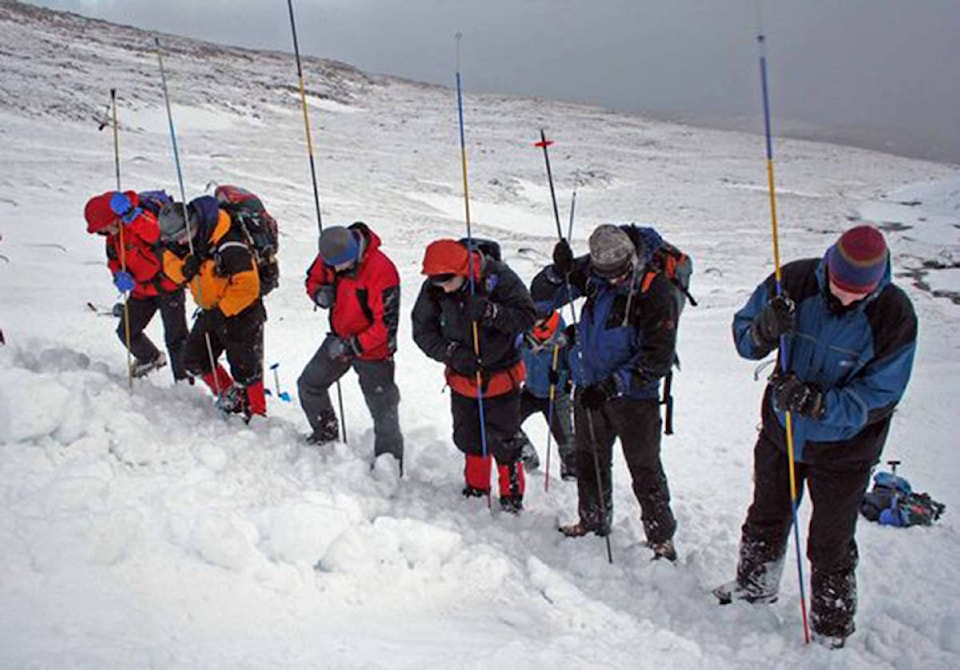A heli-ski operation working out of Nakusp has ‘drastically’ reduced the number of slopes it flies its guests to, as avalanche danger mounts in the area.
“At this point we’ve eliminated a lot of terrain, the potential ski runs that if conditions were good would be available,” says Rob Rohn, the director of mountain operations for CMH Heli-skiing. “We’re avoiding those now and just focusing on the runs that are mellower terrain, where we’re not worried about triggering avalanches.”
On Thursday Avalanche Canada issued a special public warning about back country travel, saying snowpack conditions were at a “critical point”. At least one person has died in an avalanche already this year, and there have been several near misses in the Kootenay back country.
https://www.avalanche.ca/news/special-public-avalanche-warning-for-much-of-bcs-interior
CMH flies about 50 guests daily to high mountain slopes for skiing. But with avalanche danger ratings high across the whole area, extra caution is needed, says Rohn.
“Every day our guides go through the list of runs and code them from ‘red’ to ‘green’,” he says. “We’re constantly reassessing, not only on a daily basis but an hourly one.
“Conditions are changing by the hour and you have to be on top of that, and adjusting your approach to the ski terrain accordingly.”
Rohn says CMH’s guides have up to 30 years’ experience in the mountains surrounding Nakusp, and know the slopes in the area intimately.
“They know every nook and cranny and knoll in the area,” says Rohn. “They’ve been monitoring the snow pack since beginning of December, seeing different weak layers form and buried by subsequent snowfalls.”
Rohn says they’re avoiding any potential problem areas, which is made easier using helicopters to drop groups off in safe areas, and pick them up again avoiding danger.
“It’s all about the choice of terrain,” says Rohn. “In times of high hazard, as we are seeing now, there is still terrain you can ski or travel through safely.
“A lot of areas you want to avoid, but a skilled back-country guide can lead people down safely.”
Still, with the danger so high, Rohn says they are being extra cautious.
“We’re sticking to really mellow terrain, where you are basically not going to get avalanches, and terrain we have skied continually all winter,” he says. “That’s not likely to create a failure plane in the snowpack.”
Guests are also given extensive pre-trip briefings on snow conditions, and training in using rescue equipment. Each skier is given a radio, transceiver, shovel, and probe to help should “things go sideways”, says Rohn.
With careful planning, experienced guides and conservative site choices, he says the operation is safe even in treacherous conditions. But Rohn wouldn’t recommend the back country for most people right now.
“The conditions are tricky out there,” he says. “For recreational skiers, it’s not a time to be getting too adventurous. If you are going to be travelling in the back country, you want to be exercising caution in your choice of terrain, and make sure you are well-equipped for whatever might happen.”
